We’ve talked a lot about the rise of QR codes in Asia, but they may now finally be moving from being a “joke” to being more widely adopted in other places as well. Simply put, QR codes let you hyperlink and bookmark the physical world. Just as UPC barcodes allow machine-readable scanning of data (e.g., price) on items in stores, QR codes are a barcode-like vector between online and offline information. And unlike NFC (near-field communication), which is used for reading smart cards, keycards, and contactless payments, QR codes can be easily accessed by any phone in the world that has a camera. They enable everything from online to offline (O2O) marketplaces, which are huge in China, to augmented reality.
Some of the more obvious use cases for them include things like adding a WeChat friend in real life (IRL); subscribing to a WeChat official account (often representing media, stores, people, and others); paying a street vendor or at a convenience store; connecting to wi-fi in a shop; getting additional content from a magazine article; and learning more about styling or the brand from a clothing label. But there are also a number of less-obvious (or not as well covered) uses in China, which I share below, because they show the range of what’s possible everywhere when QR codes disintermediate existing use cases… and enable new ones.
Things people already do, but now with QR codes
#1 Give and collect gifts at a wedding
On wedding invitations, “no boxed gifts please” is basically code for “just give me cash”. And in many Asian cultures, cash is more standard and socially acceptable anyway compared to other gifts for auspicious occasions like marriage, births, etc. In China, these gifts come in the form of red envelopes — which were also a growth hack for increasing adoption of payments in messaging.
But here, a member of the bridal party wears a QR code as necklace to collect digital money from wedding guests who forgot to bring physical red envelopes… though this use case had a mixed reception.
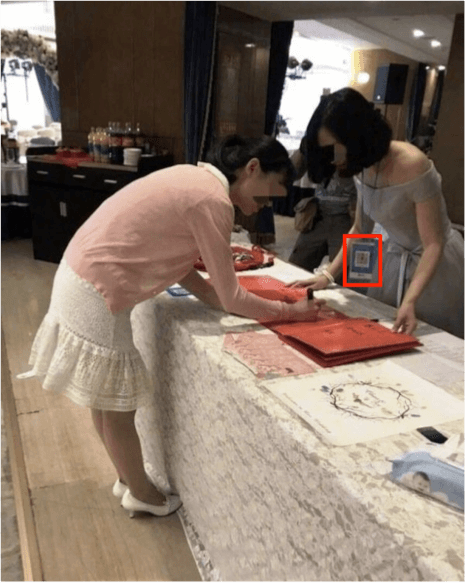
#2 Give and collect alms
Bluntly, begging has gone digital in China thanks to the penetration of mobile wallets there. And no one can really claim that they don’t have spare change when they are almost always likely to have their cell phones on them.
In this case, the panhandlers collect physical change from kind strangers, but also (quite brilliantly) provide mobile payment QR codes as another payment option.
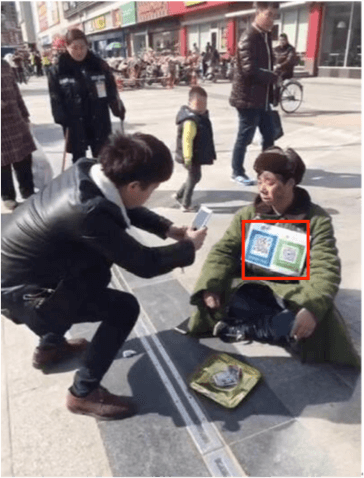
#3 Collect tithes
The penetration of QR codes is so deep in China that it includes other forms of social commerce besides gifting or begging. Even churches collect tithes through QR codes. Why only offer wooden collection boxes when you can offer a QR code, as with this temple in Hangzhou?

[image]
#4 Identify pets
You’ve probably seen those “have you seen” my dog signs, which are often posted around neighborhoods with a photo of the pet owner’s lost dog. Because how else can someone identify a lost or found pet? Given the penetration of QR codes in China, even pet tags have QR codes. But not only do these reveal the dog’s contact info when scanned, the dog owner will be notified when and where the code was scanned!
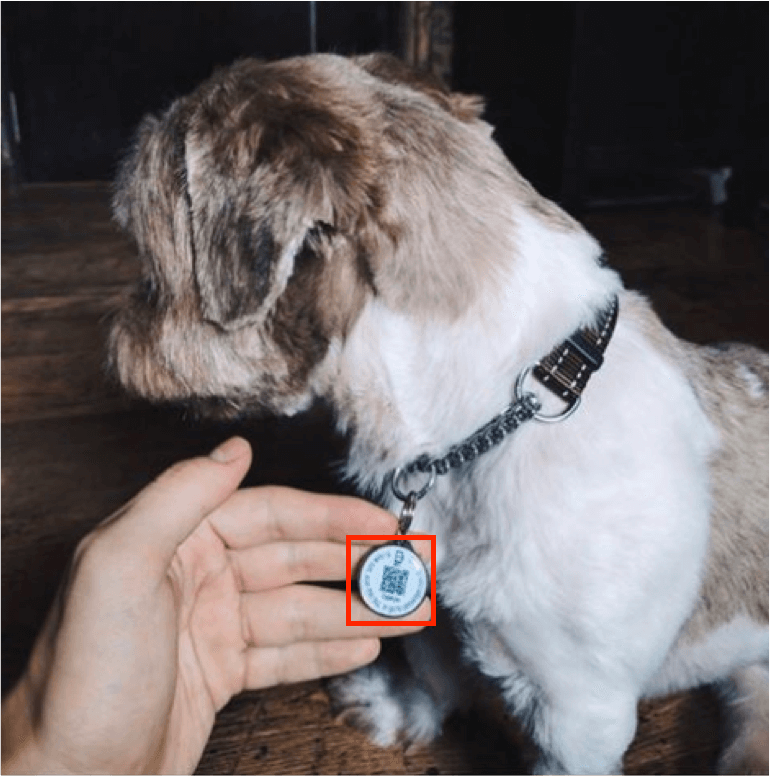
[image]
#5 Identify senior citizens
In the U.S., there’s an entire cottage industry of tiny, IoT devices — from medical ID bracelets to alert alarms (some may even remember the famous “I’ve fallen, and I can’t get up!” TV commercial line). But what if QR codes on phones or tattoos or elsewhere could address this function? Well, in Beijing, a hospital is proposing digital profiles for its senior patients so it can identify them (and access their EMR) if they are brought into the hospital unconscious. These profiles would be accessible through a QR code worn around their neck like a badge.
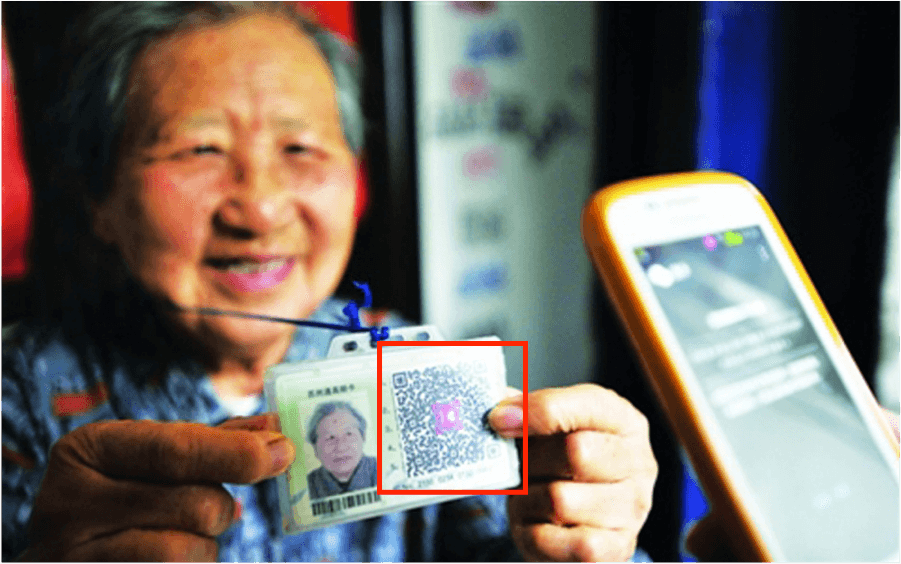
[image]
#6 Post and reply to job boards
On college campuses, grocery stores, and park trees in the U.S., people often post job descriptions or skills for hire on copy papers with tear-out slips for the contact information. Despite the popularity and availability of online mechanisms, these physical posts are still ubiquitous. They are in China, too, only they’re done with QR codes.
Here, walls in a Shanxi city park and in the Liao Ning University of Technology are covered with QR codes that passerby can scan to find out more about the job opportunities and requirements.
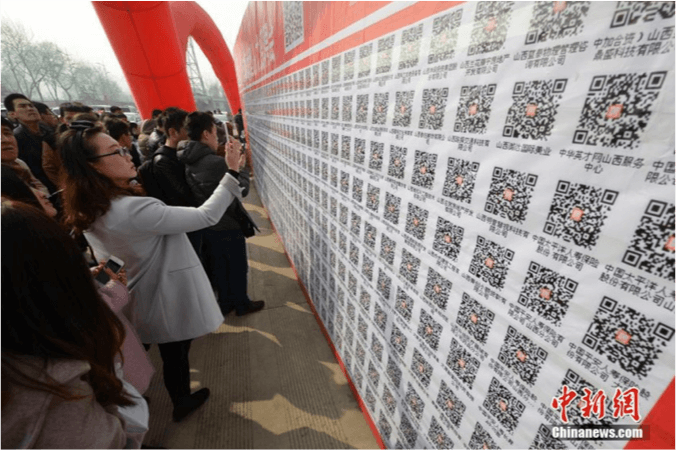
[image]
Things that are now possible (or way easier to do now) because of QR codes
#7 Checking the source and authenticity of food and drinks
QR codes can already be found in restaurants in China for things like paying for or ordering a meal at a restaurant. But even food distributors are taking advantage of QR codes; supermarkets, for instance, use them in produce stands so that customers can learn about the supply chain behind a specific batch of fruits or vegetables: Which farm did it come from? How was it transported? Meanwhile, wine-makers use QR codes as a way of proving the authenticity of the bottle — source, vintage — as well as educating consumers (type of grape, suggested pairings).
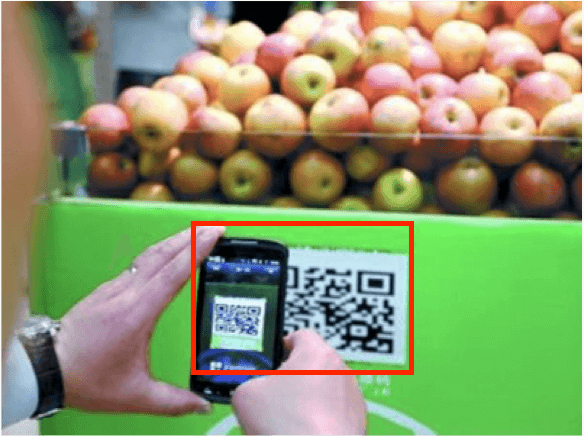
[image]
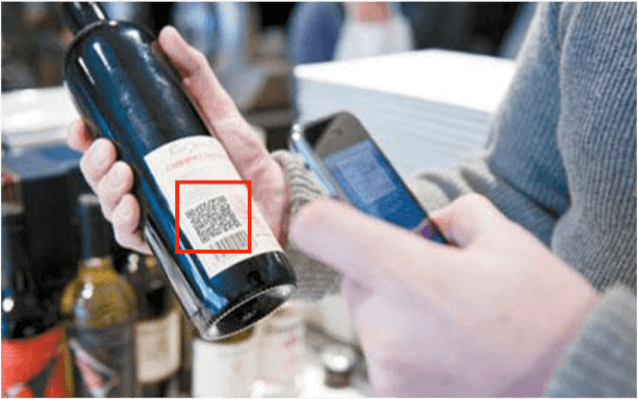
#8 Sharing bikes
Bike-sharing is a phenomenon in China, where there will be 8 to 10 million shared bikes on city streets this year. As we’ve shared before, it’s notable that beyond the number of bikes, all kinds of people are using them — even those who own their own bikes, can afford cars instead, or have personal drivers. But the reason it’s possible is all due to mobile phones: Users in China simply scan a QR code printed on the bicycle to unlock them and start riding. QR codes are especially suited to this use because each bicycle needs a unique code, and a way to connect to digital payments — for contrast, imagine if users had to insert quarters at a meter instead; QR codes help bypass all this by connecting digital to physical without special hardware or other physical intermediary.
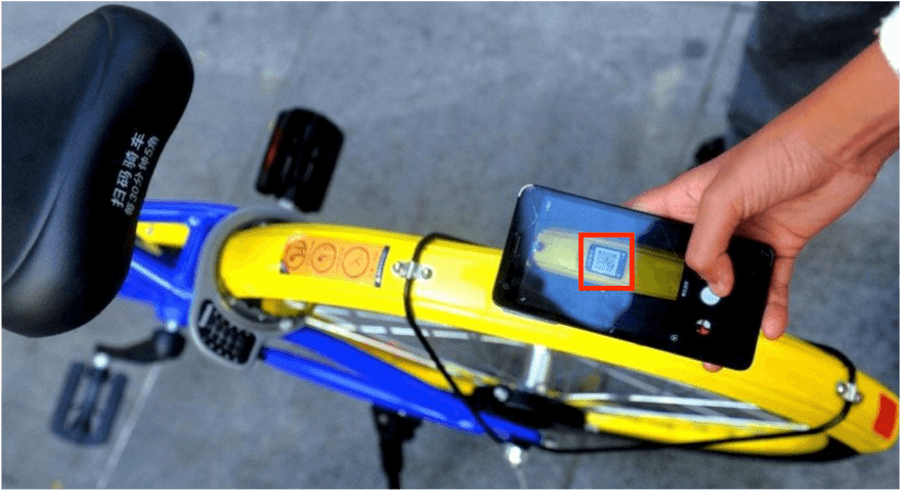
[image]
#9 Attributing performance marketing in the physical world
One of the challenges of online-to-offline sales is attribution to sources in the physical world — for example, in the U.S., phone sales professionals used to ask buyers for their catalog source codes, or use sandwich boards located in specific regions. For offline sales agents in China, one of the easiest ways to aggregate and attribute transactions is to give each sales agent a unique QR code with a “scan code to win prizes” promotion; the company behind the promotion would then directly quantify the contribution and number of leads per sales agent.
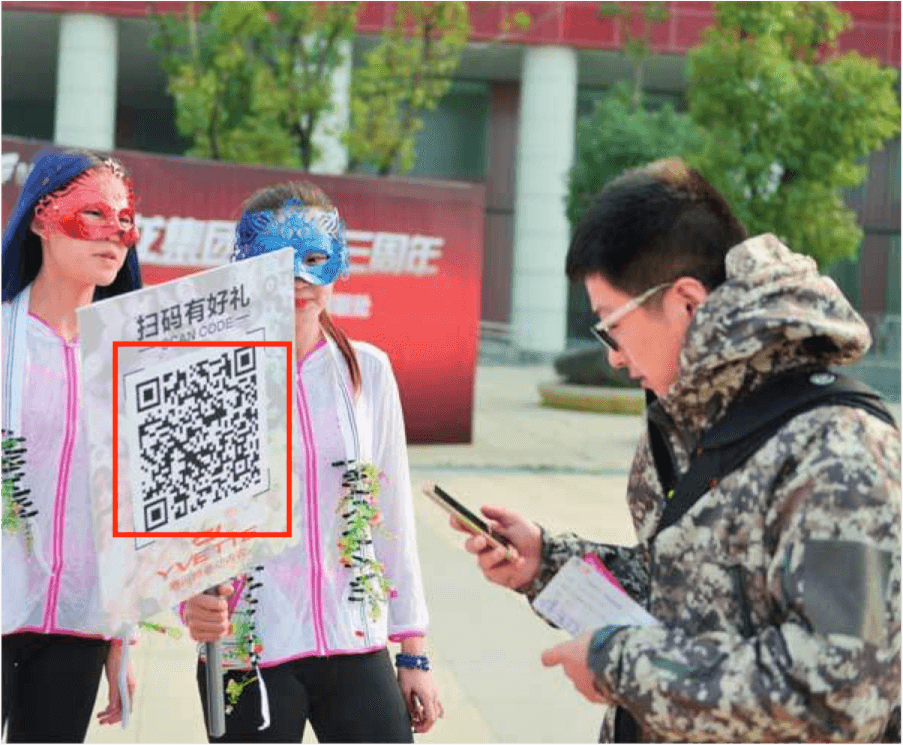
[image]
Interesting QR code use cases to watch
#10 QR code as identity badge
Many of us badge in to our workplace; what if your QR code served as a badge? This is not a far off possibility as our phone increasingly represents our identity. In the below image, consumers use QR codes on their phones to badge in to enter a self-serve retail store. The QR code here serves as an identity — and therefore payment — badge, so that when that customer leaves the store, their items can be automatically charged to his/her account.

[image]
#11 QR code as call box and information kiosk
Remember those emergency call boxes on the side of freeways? In Nanjing, China, smart street signs with QR codes provide the names and contact info for the local police. They also provide sightseeing guidance with directions, and information on how to handle a residence permit. How they will be used or evolve in the context of other mapping apps however remains to be seen.
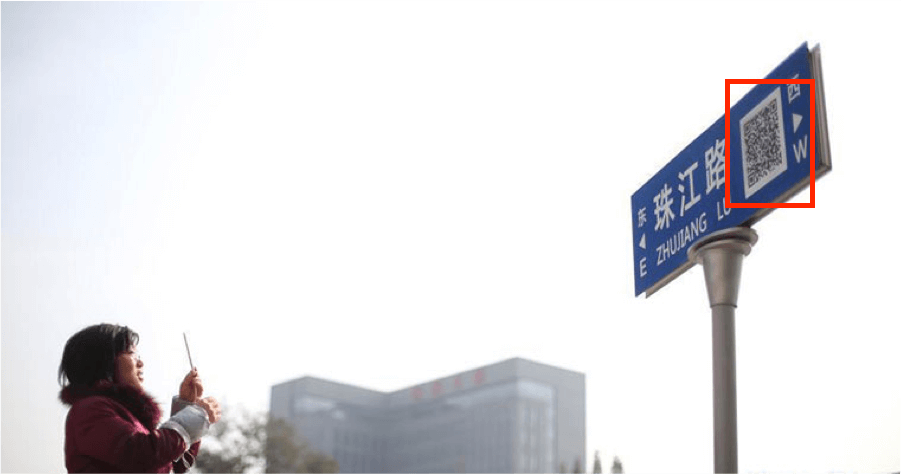
[image]
#12 QR codes on… people
In an unfortunate example, QR codes can also be imprinted on “booth babes” — as a car company did on its models’ lower backs at the Zhengzhou International Auto Show. In a more empowered way, almost-famous signer Wei Chen also imprinted a temporary tattoo onto his neck to provide a message for his fans at a pop concert in Beijing few years ago. (In case you were curious, the message said: “Will you be with me for a life time?”).
But QR codes appear for dead people, too… Since people in China believe that QR codes are here to stay, even tombstones are engraved with QR codes that memorialize the life-story — through biographies, photographs, and videos — of the deceased. From the leadership of the China Funeral Association: “In modern times, people should commemorate their deceased loved ones in modern ways”.

[image]
QR codes “at scale” (just not in the way you’d think)
#13 Advertising at scale
When the image at right came out in 2012, it had a bit of a “wow” factor given its sheer size, even in China, where QR codes are quite commonplace. The ad for downloading a music application was not only effective, but more importantly, is easily scannable from a variety of distances — a huge UX upgrade from having to write down a URL and type it into a browser, or remember the name of an app and search for it in the app store. Including QR codes on large billboards is now very common across China.

#14 Display signs at scale
Ever squinted at the hours-open sign when driving by a store that just closed to see the latest? Well, at Beijing’s TianYa international clothing mall, visitors can scan a QR code from a distance to add the mall’s official account and get the info they need, while also giving the mall a mechanism to engage with shoppers after their trips to the mall.
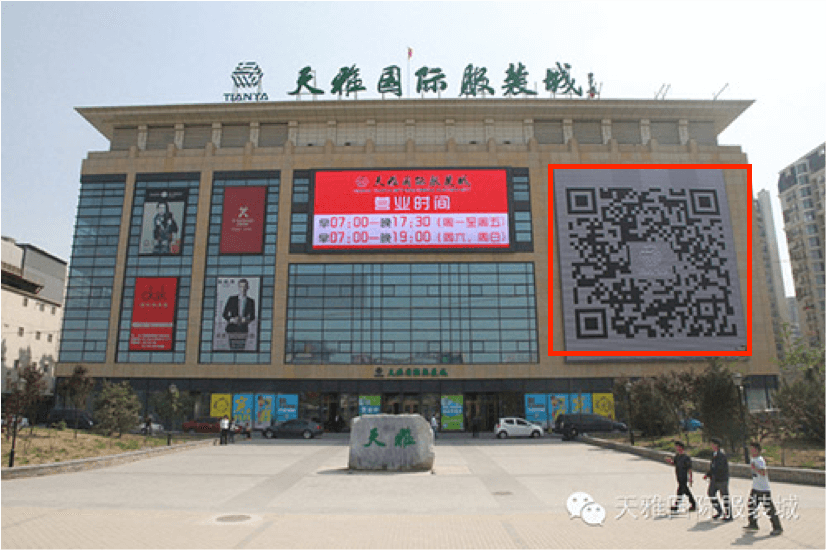
[image]
#15 Gamify at scale
Whether on the grass or on a sign — or on a house or on a mouse! — QR codes grab your attention anywhere. In the example below, a real estate developer in Fo Shan, China designed a QR code across a 1.58-acre (nearly 68830 square feet) field to generate social media interest… resulting in more than 10 million hits. Another did something similar on a billboard to advertise real estate through a scan-and-win prizes game.

[image]
#16 Bonus: because, pandas!
This QR code is nearly 20 feet high and is made with over 20,000 carnations and roses. It also has a live animal in it. Why not take a picture and scan a QR code at the same time, to learn about the Yun Nan wildlife zoo and a panda named Si Jia?
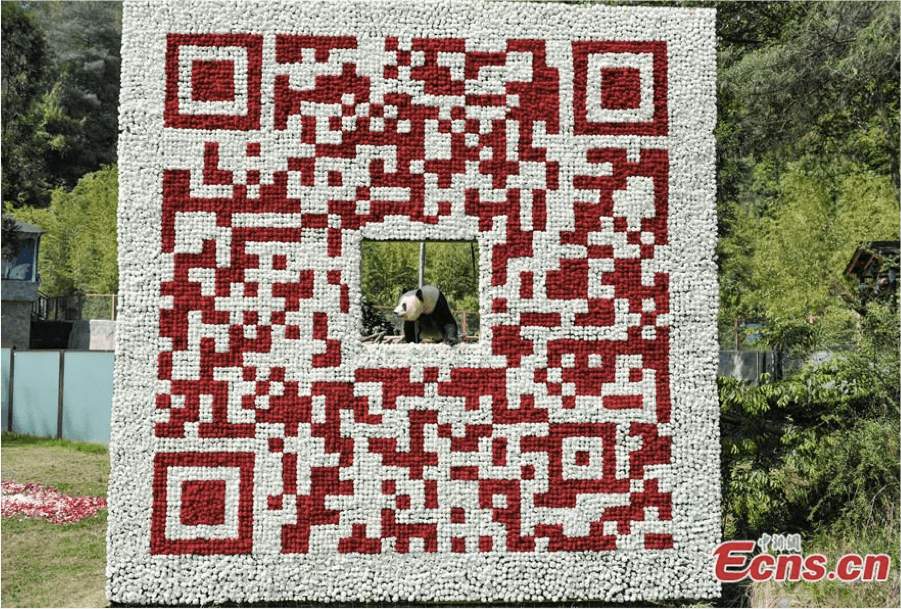
[image]
Editor: Sonal Chokshi @smc90


